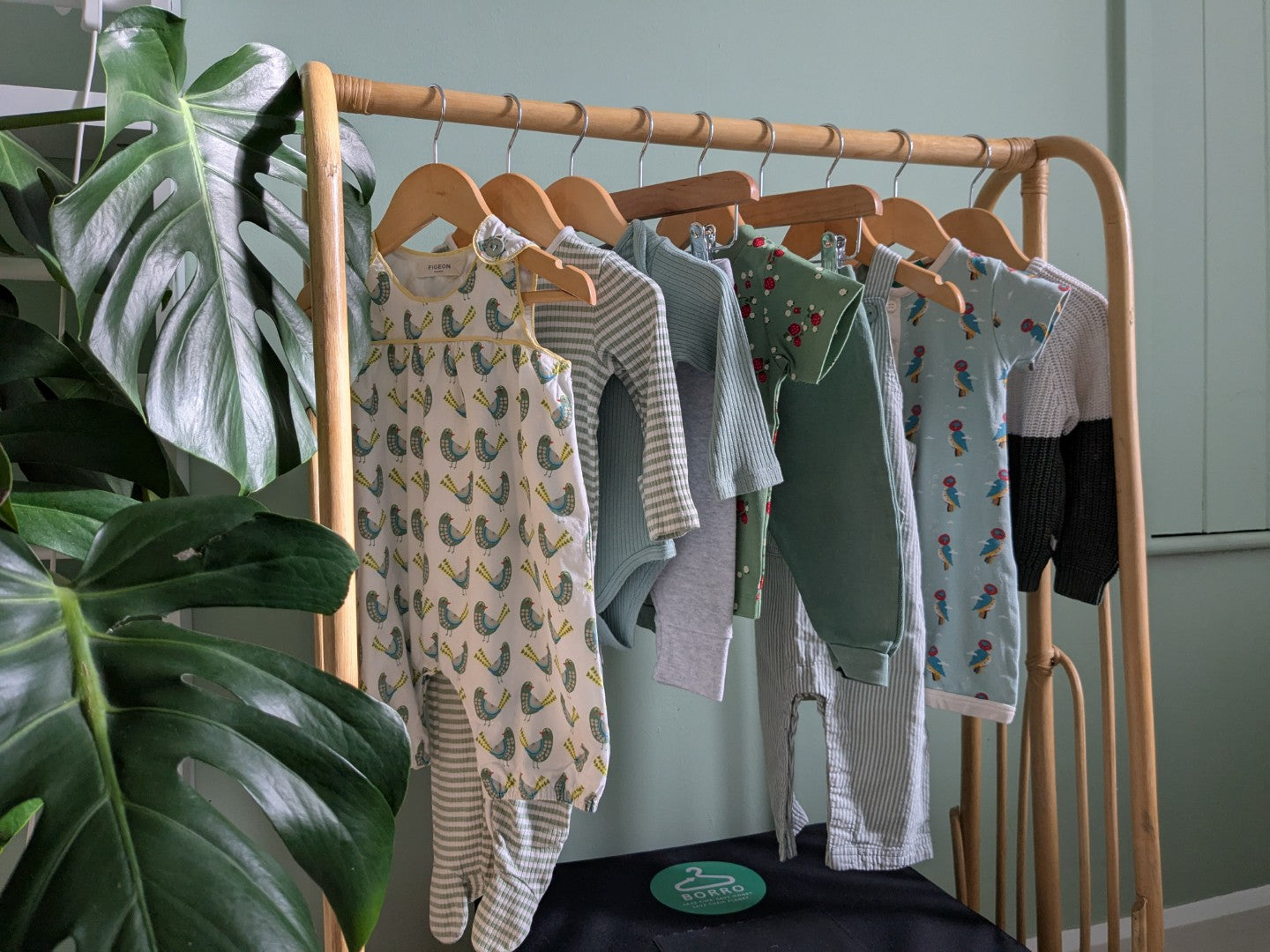
No Charge For Stains | Free Returns
Sustainable fabrics
At Borro only stock sustainable fabrics like organic cotton, bamboo and recycled polyester for outerwear and swimwear.
Organic cotton
We will never stock conventionally grown cotton due to the damage it does to the environment. Organic cotton has a host of amazing benefits, not just for the planet, but for the people who work with it and for your little ones.
Organic best for little ones
No chemicals are used during the growing or manufacturing of organic cotton which means you can be sure that the material next to your child's skin is the most natural and chemical-free. This can reduce irritation especially for babies as their skin is thinner and more prone to discomfort than adults.

Organic cotton uses less water
Organic cotton uses far less water than conventional cotton, here's why:
- Crops grown without harsh fertilisers need less water.
- Organic cotton is mostly grown on smaller farms which are more likely to use rainwater.
- As the quality of the soil is improved through organic farming, it actually stores more water, helping prevent flooding.
As well as reducing the demand for water, growing organic cotton means that nearby water sources are cleaner as there are no pesticides washing off the cotton.
Organic cotton helps food security
Rather than monoculture farming, organic cotton is usually grown alongside a variety of crops to help promote healthy soils and reduce weeds and pests. These are often food crops which then help ensure food security for the farmers working there.
Power to the people
As GM seeds are banned in organic farming, farmers are not reliant on the large corporations selling genetically modified seeds and accompanying fertilisers at exorbitant prices. The absence of harmful pesticides also improves the working conditions for the farmers and their families.

Bamboo
Fast growing carbon capture
Even if we didn't harvest bamboo, just growing it is already a great way to fight climate change as it absorbs up to 30% more carbon than trees. However, given that we can harvest it like a crop (unlike trees), we can regularly lock away that carbon into products like fabrics, and let it keep growing and absorbing more carbon. And it's a quick process - bamboo can grow 1 metre in 24 hours, meaning we have a fast renewing source of raw materials which at the same time is capturing a lot of carbon from the atmosphere. In fact the Royal Geographical Society estimate that we could save up to 4.5% of total human greenhouse gases by 2050 by planting bamboo on all suitable degraded land.

But we also need to consider the environmental impact of how we get the bamboo fabric from the plant itself. Although some chemicals are needed to create bamboo rayon, at Mori, they use as few chemicals as possible and all are non-toxic. They also have a closed-loop process which means the chemicals are used over and over, and never enter the waste stream, keeping the manufacturing of bamboo safe for employees and the environment.
Bamboo is best for baby
Not only is bamboo a great crop to grow to combat climate change, it has some wonderful properties which make it particularly well suited to kidswear:
- It's softer than cotton which means it won't irritate sensitive skin. It's also a fibre that gets softer the more it's washed.
- It's breathable and thermoregulating - keeping baby cool when it's hot, and warm when it's cool.
- It wicks water away from the skin, and allows it to evaporate - making sure your little one stays comfortable if their clothes get wet and also your washing dries faster!
- It's antibacterial and also deodorising (which is why it's great for your socks).
- It doesn't require any fertilisers or pesticides to grow, so you can be sure there are no chemicals next to your child's skin.
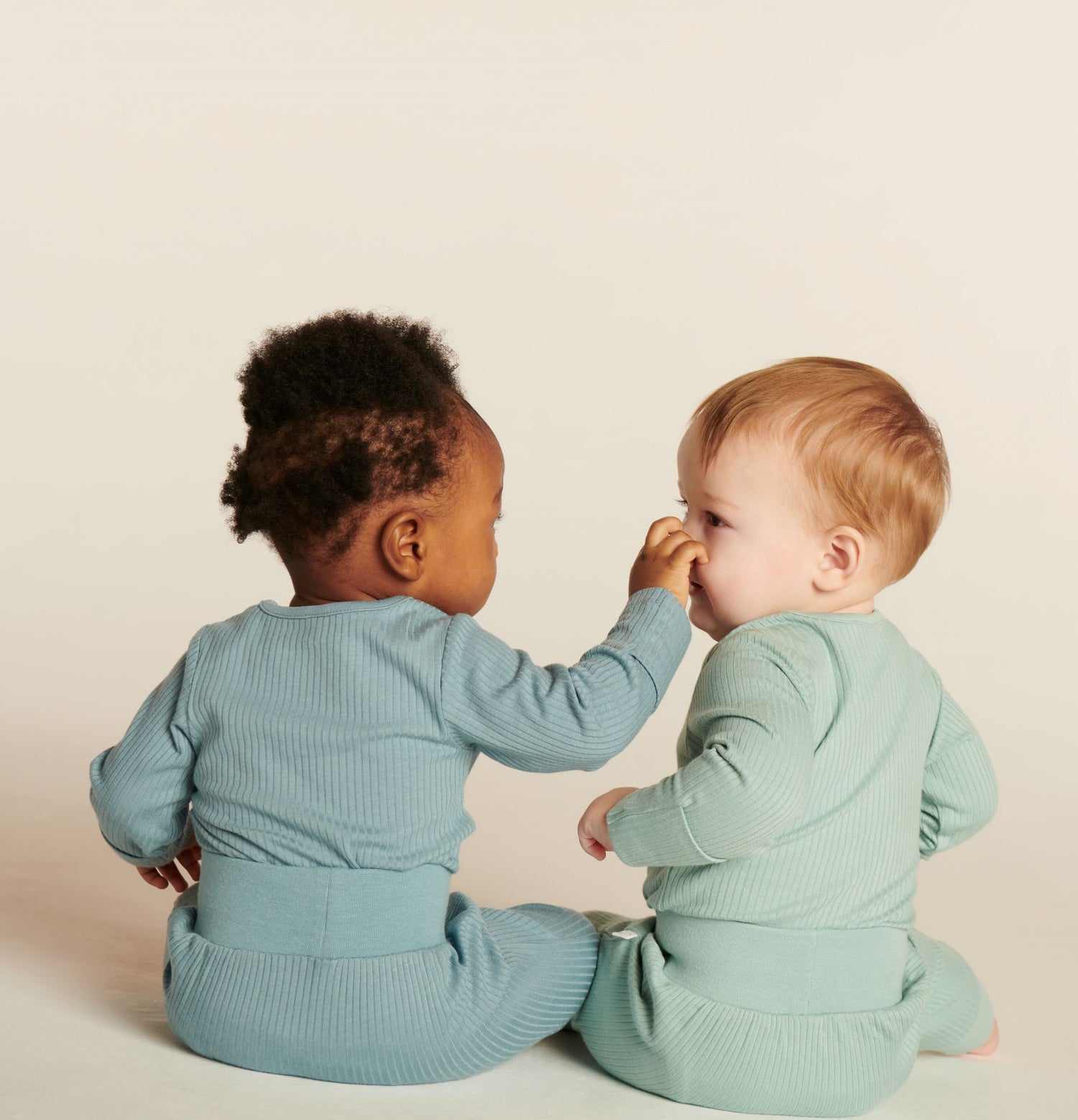
Receive Credit For Your Unwanted Clothes
Tired of the endless cycle of kids outgrowing their clothes and wondering what to do with them? Our Sort Out Sack is your easy way to clear space and earn credit!
Receive £5 Borro credit guaranteed for every full bag we receive. PLUS £5 Borro credit for every organic item in excellent condition
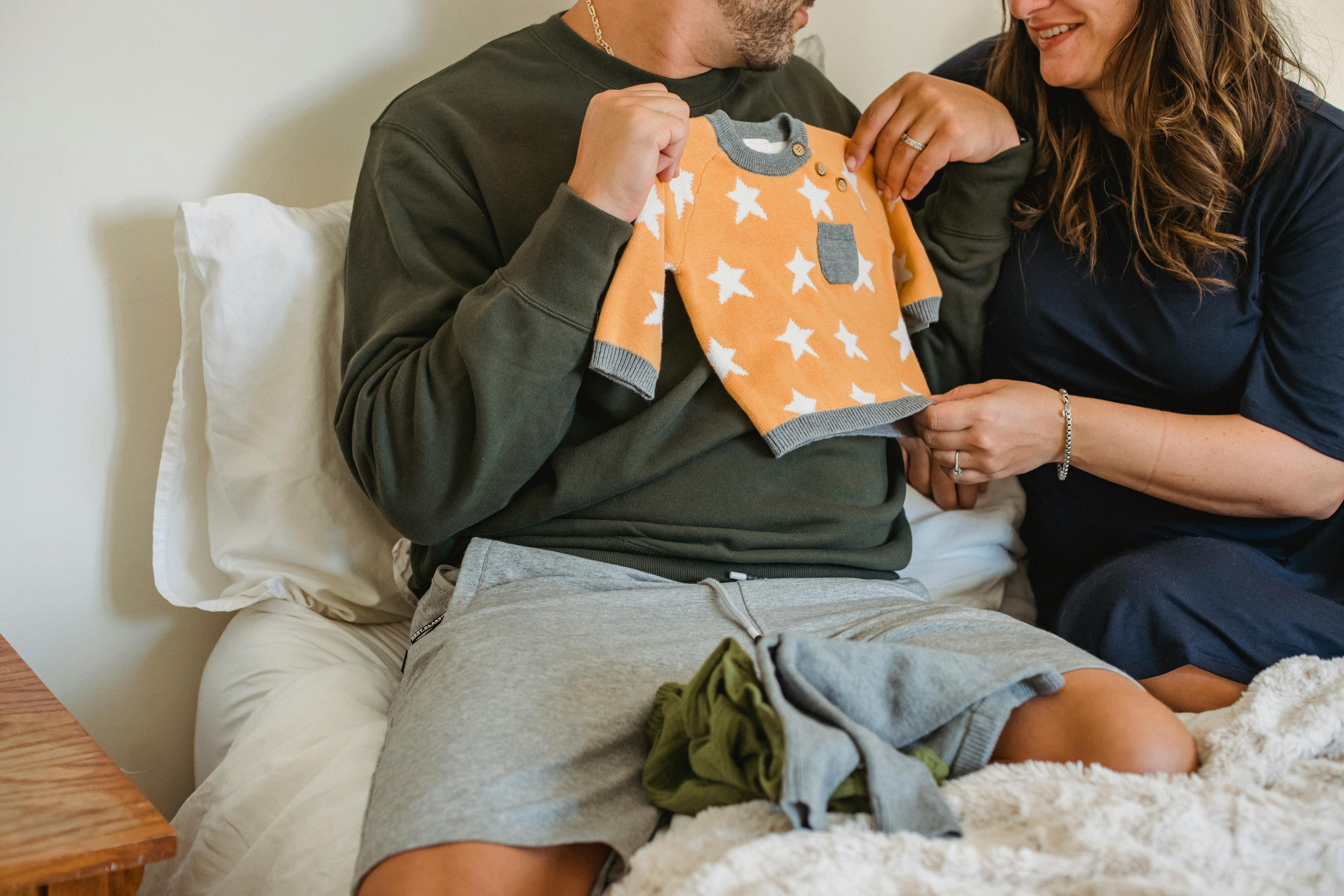
I Love Borro
Ownership is so last year… renting is the way forward! Great quality, sustainable beautiful clothes that I honestly wouldn’t have been able to afford to buy new, that we can wear and return ready for someone else to use. What’s really not to love? Danika
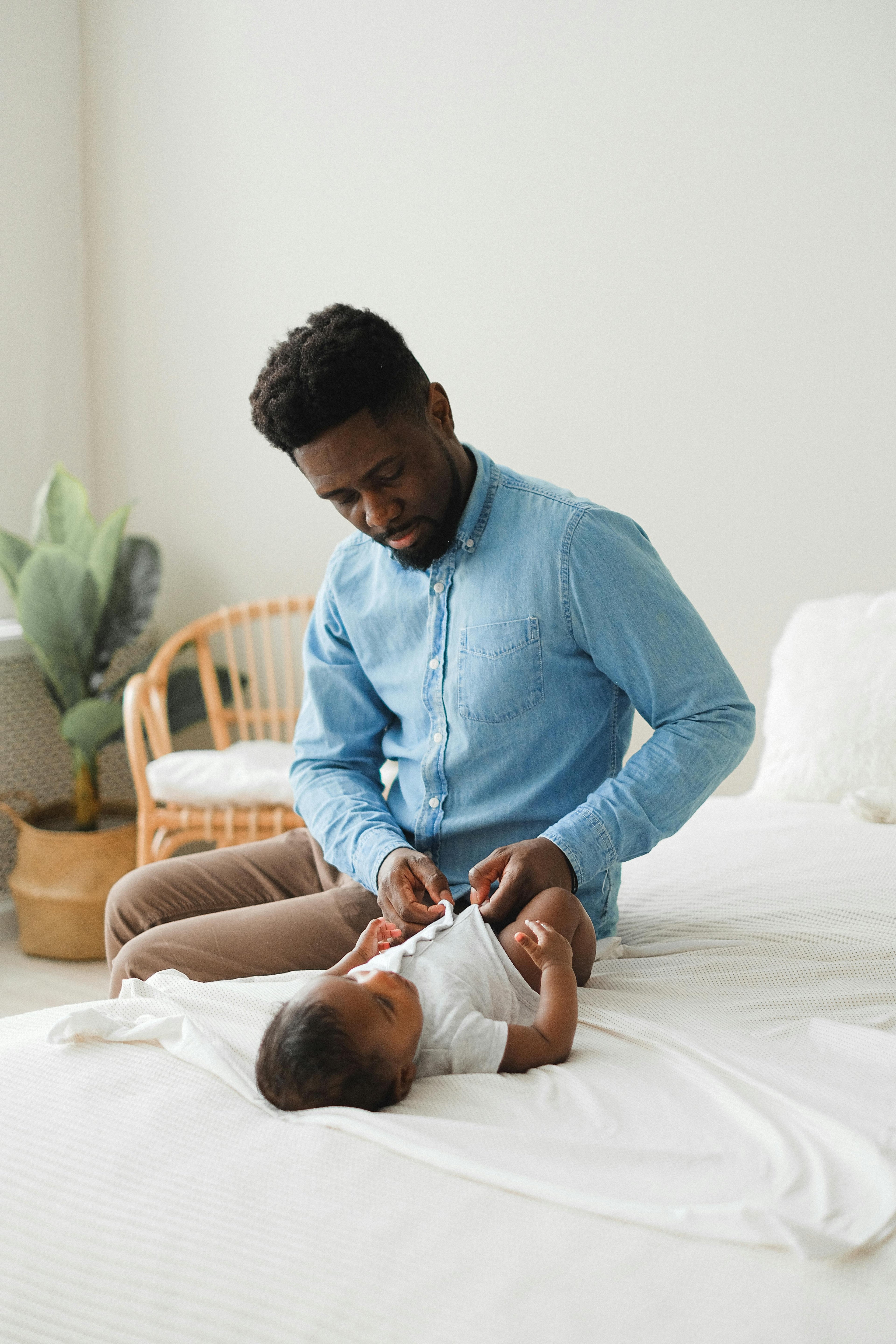
Hidden Gem
Borro is really a hidden gem for all parents who have a need for sustainability and affordability! The company brings great additions to the wardrobes without the wince of buying pricier clothes you know your child will outgrow. They are so great! Drew
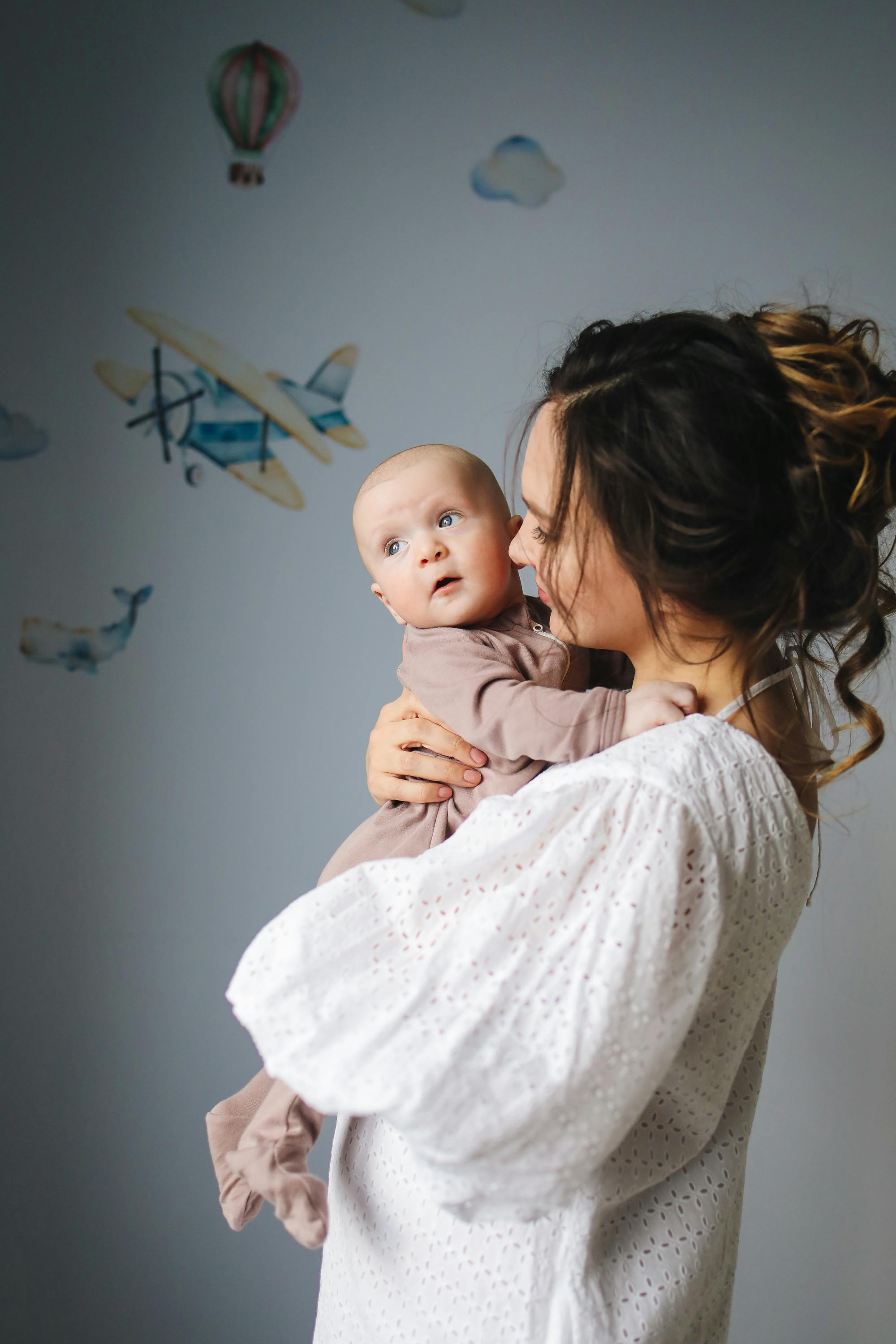
I'm Enjoying Borro
I am enjoying the process of renting from Borro for my little one. I’ve had a lot of positive comments on the clothes which I don’t normally get with my kids’ wardrobes! Easy returns, great rental process, and the customer service is second to none too. Emma
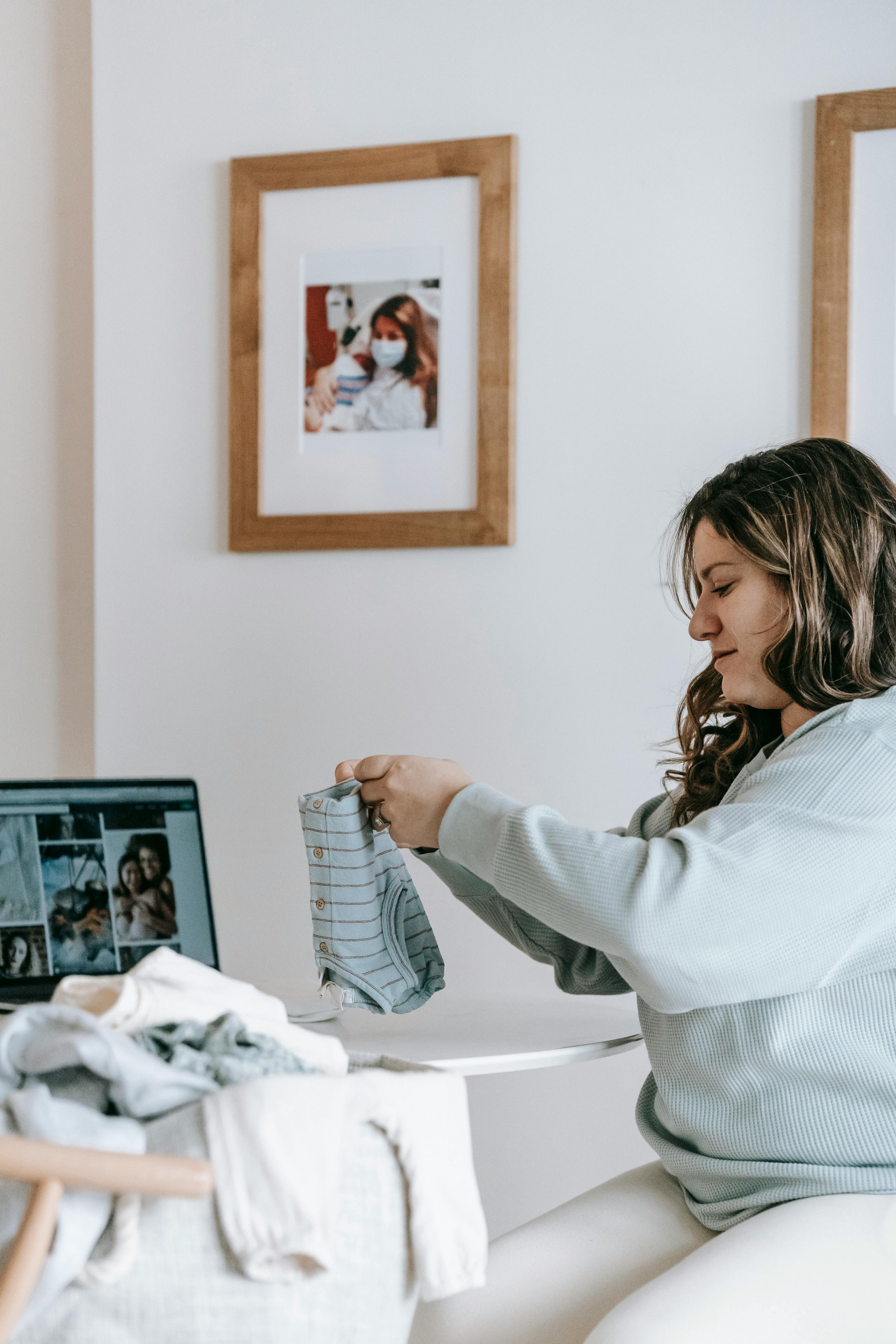
Saves Money
I have been renting from Borro for about four months now, and so far I have loved every second of it. I save money, my baby wears ethically made organic clothing, plus I now don’t have the troubles of sorting out her outgrown clothes anymore thankfully! Gwen
